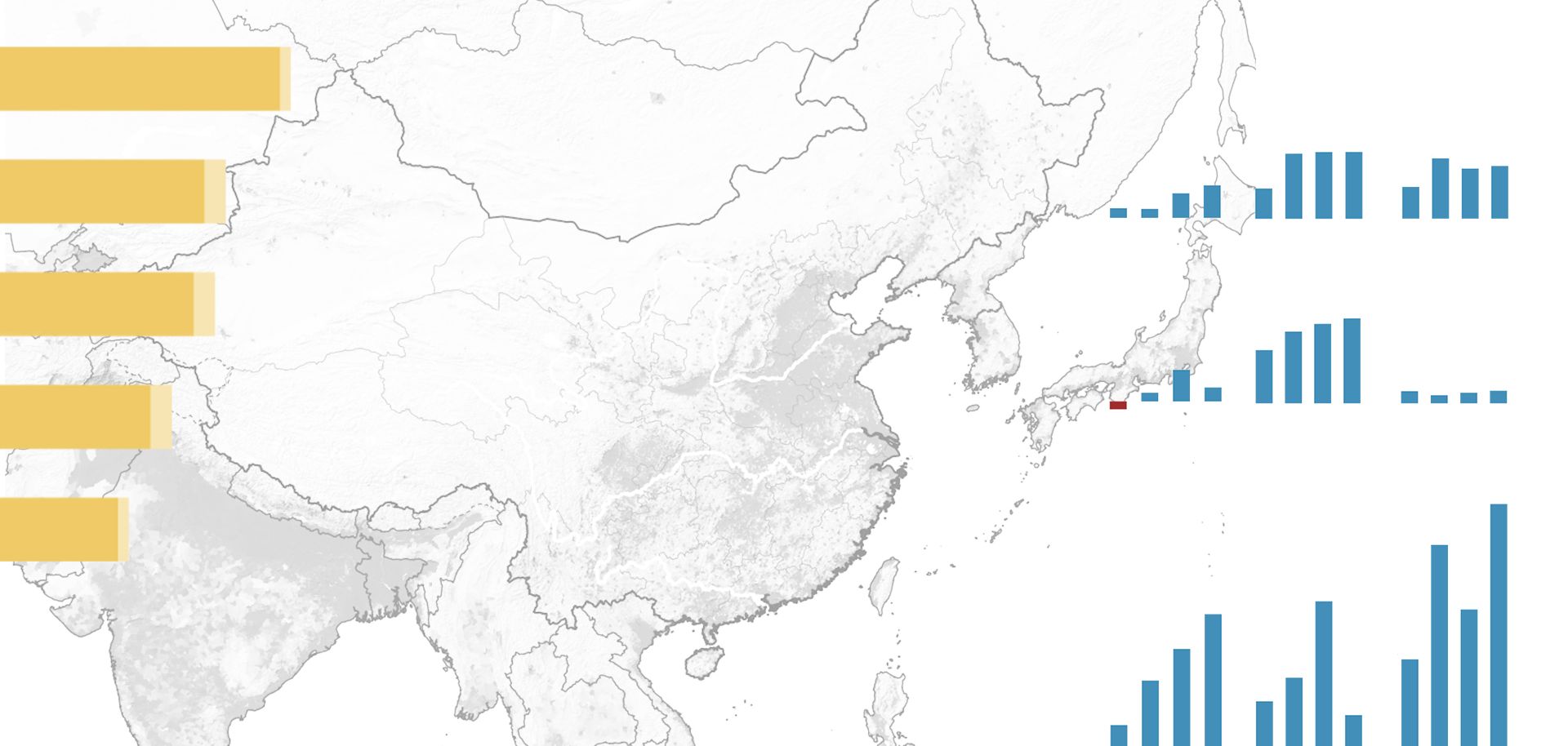
Russia is moving quickly to lock in the route for the South Stream project, which would bypass Ukraine and connect Russia's southern natural gas fields directly to Southern and Central Europe. Gazprom wants to avoid facing an additional legal battle with the European Union by completing all investment agreements and breaking ground on the project before certain provisions of the European Union's Third Energy Package take effect in March 2013. Determining the last transit state for Russian natural gas before arriving at Italian or Austrian natural gas distribution centers is a matter of great strategic significance for Russia, which had considered both Hungary and Croatia for the role. Between 2007 and 2011, the Hungarian government was one of the most active in Central Europe in trying to counter Russia's growing influence in the region, particularly regarding Moscow's dominance of local energy assets. Despite Croatia's efforts to diversify its energy supplies away from Russia, Moscow had considered the country as an alternative transit state for South Stream if Hungary could not be used. However, the European financial and political crisis mollified Hungary's attitude toward Russia and weakened Budapest's unconditional alignment with the European Union. As a result, Gazprom has decided to bypass Croatia in favor of Hungary, which will allow the Russian energy giant to maintain its leverage over the transit states along its strategic pipeline routes to Europe. For its part, Croatia will now focus its efforts on building its own liquefied natural gas import terminal, a project that would bolster its energy independence from Russia and possibly transform Croatia into a Balkan energy hub.



